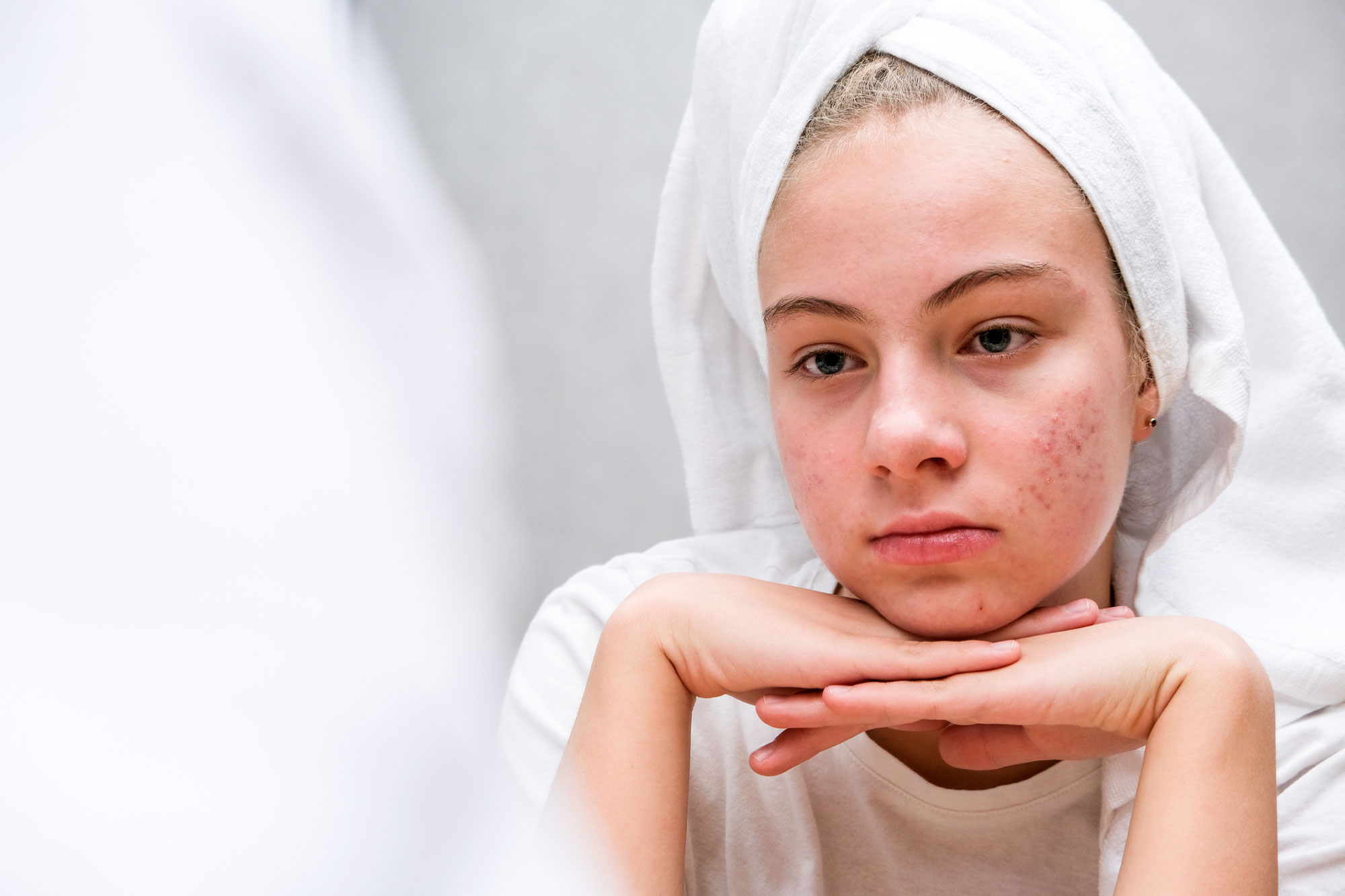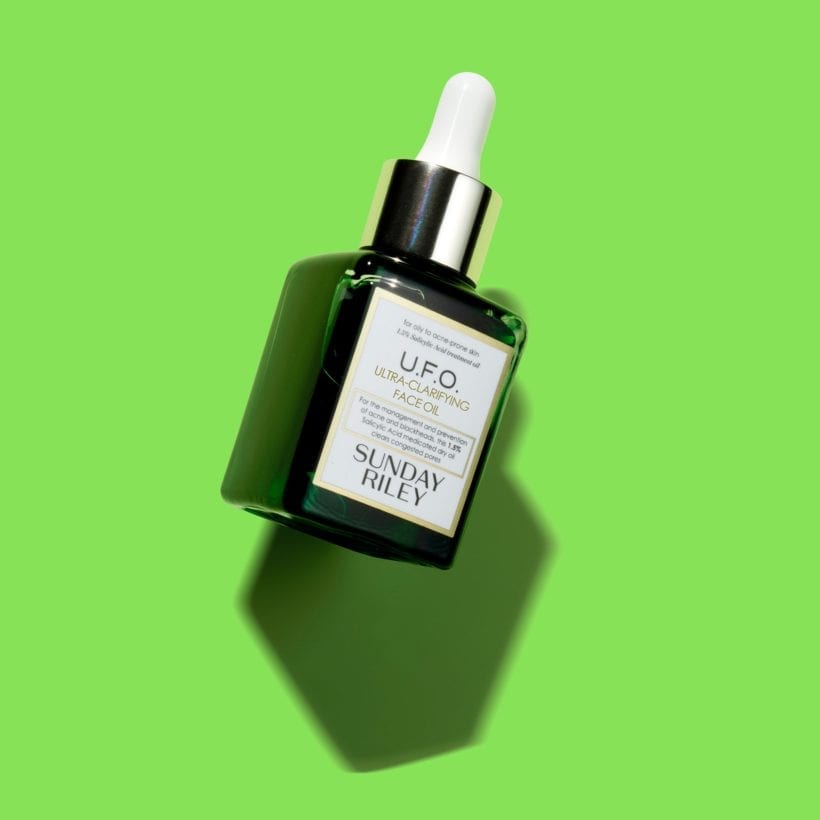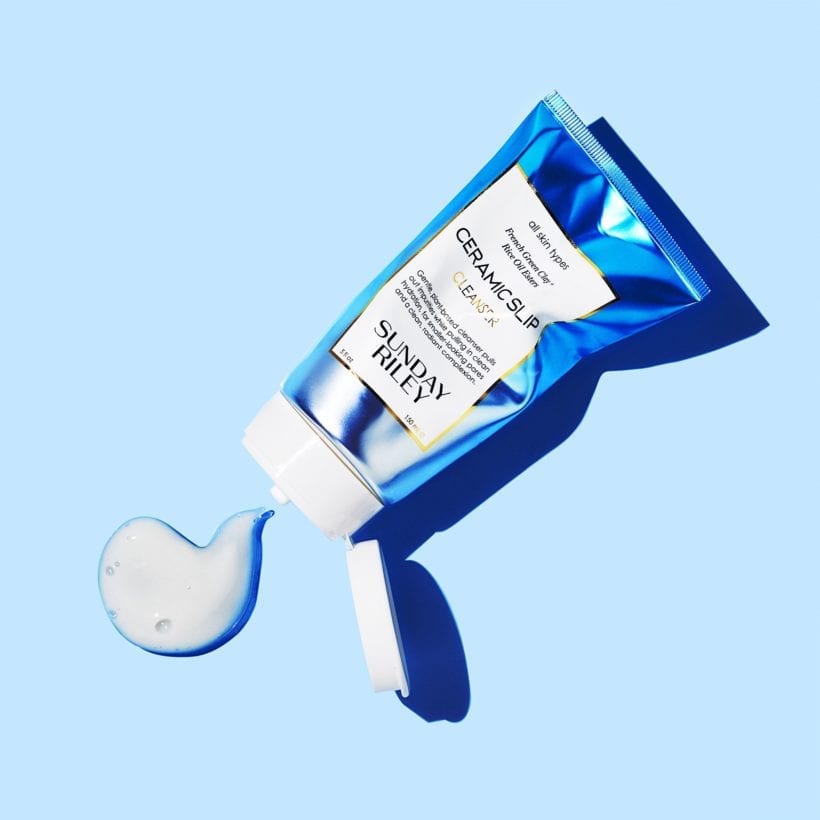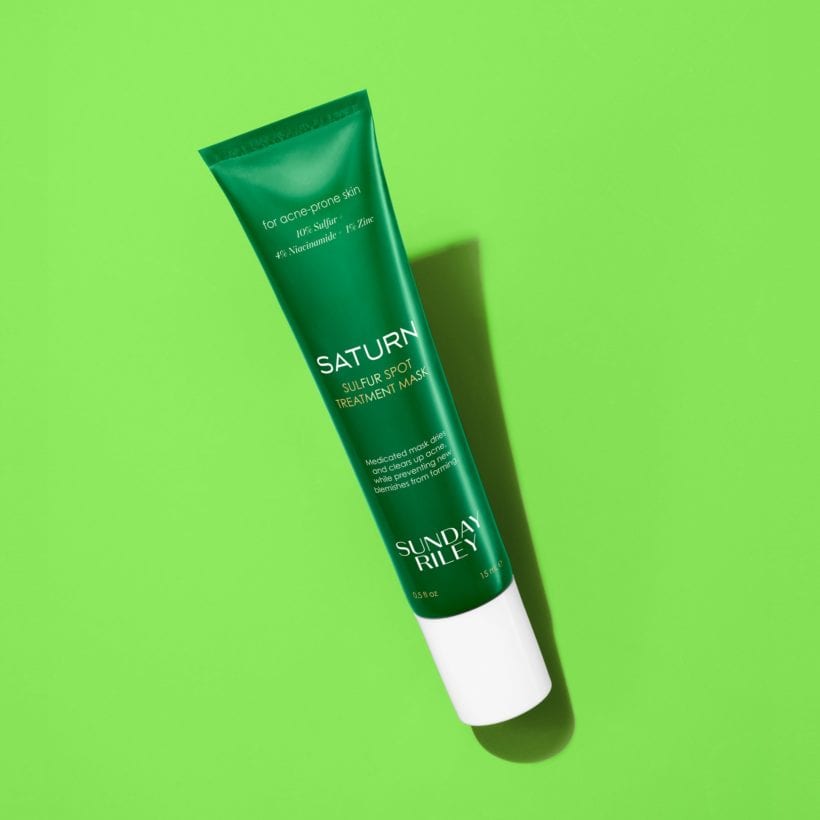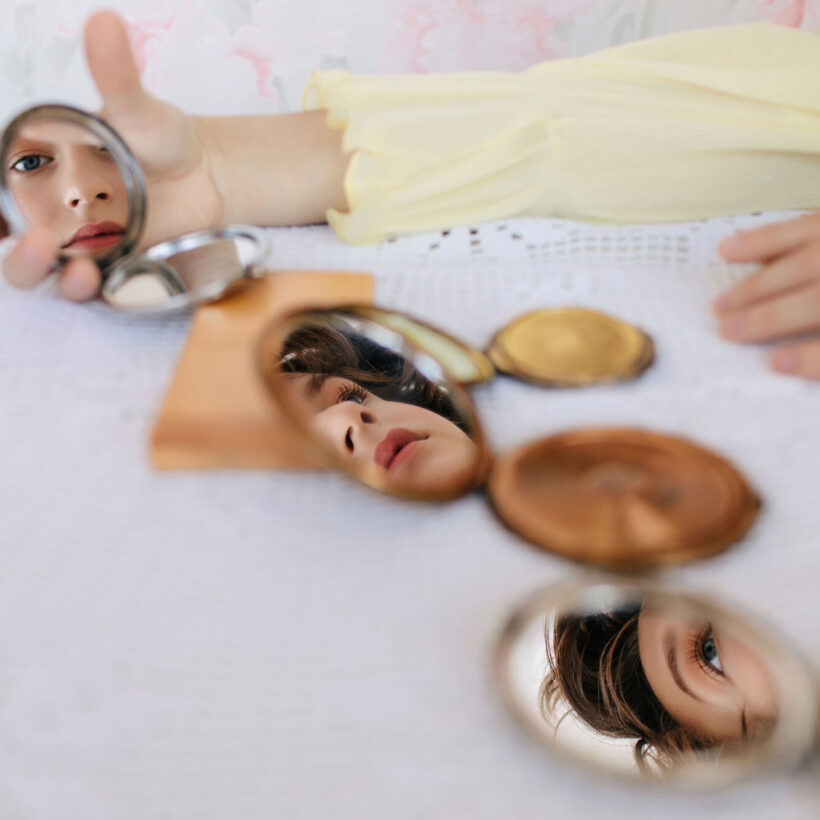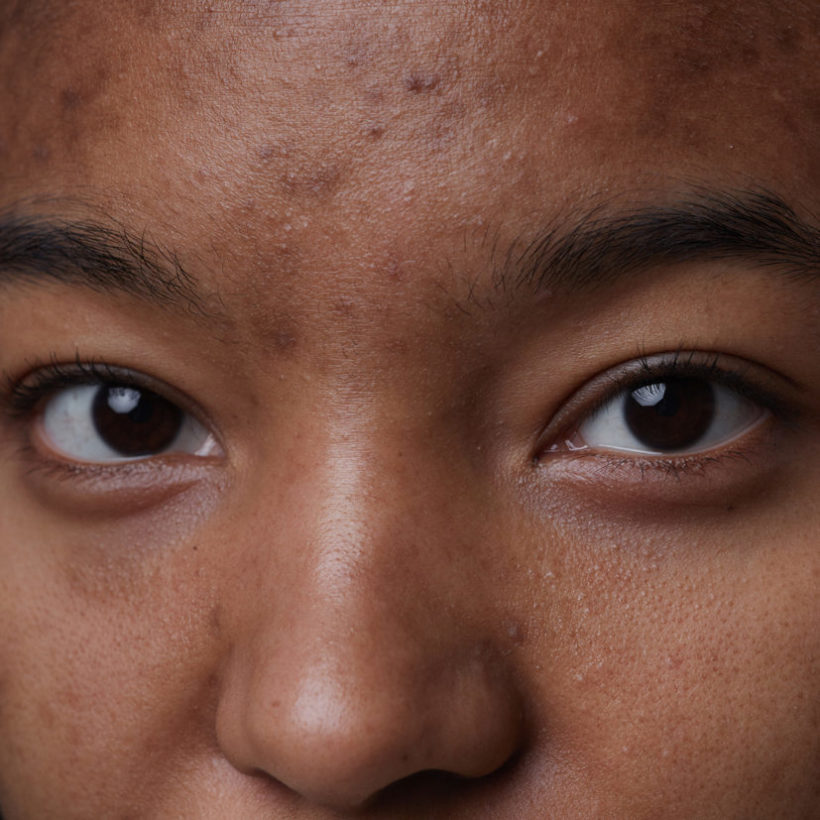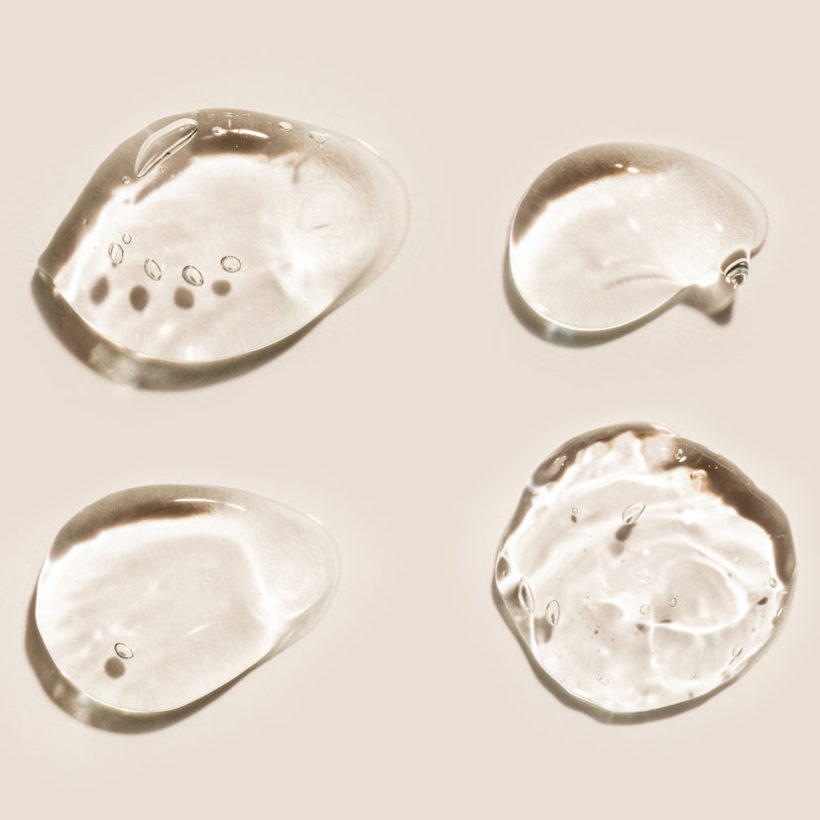Getting your period and developing pubic hair, breasts, and acne is an inherently cringey rite of passage for anyone. Now imagine going through puberty at nine — when most of your peers are playing tag during recess, not looking for sanitary napkins. Studies show that scenario is increasingly common, particularly for girls. Since the 1970s, the age of puberty onset has decreased by a year or more, according to a 2020 systematic review published in the JAMA Pediatrics.
“We don’t quite understand why, but we are seeing that puberty is occurring at much younger ages now compared to a decade ago,” says Joshua Zeichner, an NYC dermatologist. “We are also seeing acne at younger ages.” Experts say the cause of early-onset puberty and acne is most likely a multifactorial mix of genetics, endocrinal disruption, and environment. Below, we dive into how they’re linked.
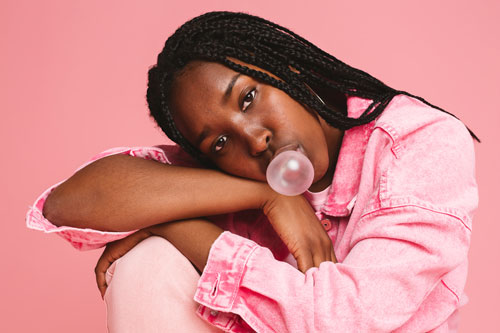
Meet the Experts
Dhaval G. Bhanusali, MD, FAAD is a board-certified Dermatologist based in NYC
Joshua Zeichner is an NYC dermatologist and an Associate Professor of Dermatology and the Director of Cosmetic & Clinical Research in Dermatology at Mount Sinai Hospital.
Childhood Obesity and Early Onset Puberty
While the data on boys is less conclusive, evidence suggests that being overweight in childhood is linked to early puberty in girls, according to a 2017 systematic review and meta-analysis published in the International Journal of Environmental Research and Public Health. Estrogen is stored in fat, which may explain why obese girls have higher than average adult hormone levels. “Obesity is also associated with inflammation and increased circulating hormones that may push puberty to begin earlier than it normally would,” says Zeichner. Especially as stay-at-home orders were in place during the early days of the pandemic, it’s understandable that kids weren’t as physically active, and families resorted to quick, non-nutritious meals and snacks while parents juggled work with homeschooling. “If this is the case, then poor eating habits in a Western diet may explain why puberty and acne are developing earlier than they used to.” Dhaval G. Bhanusali, MD, FAAD, concurs: Not only do high glycemic, junk food diets lead to obesity, but they also cause independently trigger acne by boosting the stress hormone cortisol, which increases oil production as part of the body’s “fight or flight” response. And more oil means more pimples.
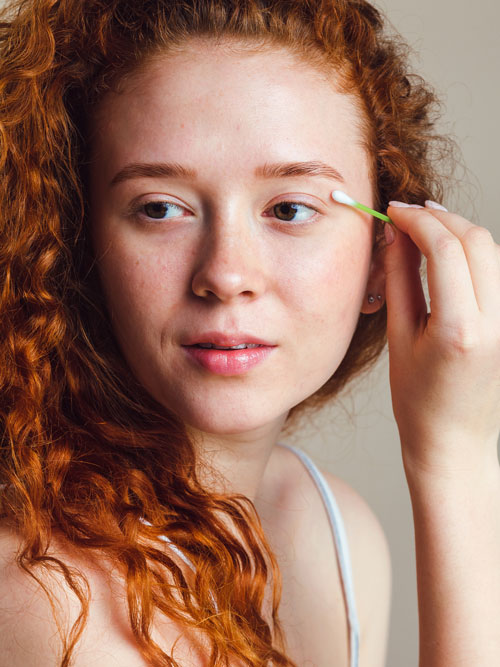
Acne in the Era of COVID-19
During the pandemic, rates of acne soared across all age groups, but school-age kids, who were forced to wear occlusive masks for countless hours a day during school (hello, maskne), were particularly hard hit. “The heat and the barrier trap germs, providing a breeding ground for bacteria,” says Bhanusali. As COVID-19 raged around the globe — changing life as we know it — anxiety levels also hit a record high. Stress causes the body to pump out cortisol, which increases oil production — clogging pores and triggering acne in the process. Compounding the problem: Pre-teen kids just entering puberty often don’t know how to take care of their skin properly and haven’t developed good skincare hygiene. “These three factors created a perfect storm for acne” for younger kids in a way we haven’t seen previously, says Bhanusali.
Are Endocrine Disruptors Causing Acne?
Several animal and human studies have demonstrated a potential link between early-life exposure to parabens, phthalates, and other endocrine disruptors commonly found in cosmetics and other household products to early puberty in girls, according to a longitudinal study on Hispanic girls published in the journal Human Reproduction. Keep in mind: The jury is still out on this, says Zeichner. “It is unclear whether real-world exposure to these compounds truly has a clinically meaningful effect on the body. There is a difference between lab tests where these compounds are being evaluated and the real world.”
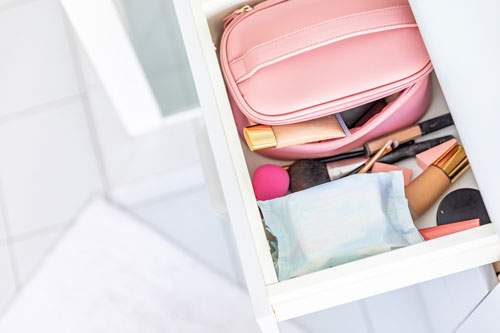
What Parents Can Do
Focus on helping your child develop good skin care hygiene. Luckily, treatment for acne for kids typically isn’t different from how adults treat acne (barring any underlying medical issues). As soon as they return from school, encourage them to wash their face with a mild, soap-free cleanser such as Sunday Riley Ceramic Slip, then apply a product with salicylic acid such as U.F.O Acne Treatment Face Oil. “Salicylic acid is my favorite ingredient for treating acne because it’s lipophilic,” says Bhanusali. “That means it penetrates deep into the pore to break up debris.” If your child has red, cystic pimples, teach them to spot treat them with a drying potion made with benzoyl peroxide or sulfur (try Sunday Riley Saturn Sulfur Spot Treatment). Consider turning their skincare routine into a bonding activity between you and your kiddo as a way for both of you to pamper and care for skin so it’s not seen as a chore.
Though you can’t always eat your way to cleaner skin, particularly when it comes to picky kids, encourage a more well-rounded diet when possible by limiting processed foods linked to insulin resistance that correlates with acne. And don’t forget to breathe! Research shows regular meditation can reduce levels of acne-triggering stress, which is good for you—and your kids. A little perspective can also help. As COVID-19 begins to look like a scourge we may be dealing with for a very long time, be grateful you are worrying about a pimple and not a ventilator. “Give yourself a break,” says Bhanusali. Zeichner notes, “The acne is likely bothering you more than it is bothering your kid.”
We only recommend products we have independently researched, tested, and loved. If you purchase a product found through our links, Sunday Edit may earn an affiliate commission.
